After a brief period of pretty warm weather, it’s started to cool down here in the Lincoln NF! It’s definitely crazy to think that we’re over halfway through the season- I’ve already learned so much more about botany down here in the southwest, and can’t wait to put my experiences to use in the future! Meanwhile, we’ve been assisting several different projects along with our plant surveys, the latest being some monitoring of known populations of Goodding’s Onion (Allium gooddingii), one of our listed rare species. In the Lincoln, these are persisting on the floor of spruce-fir and mixed conifer forest, generally around 9,000-10,000ft of elevation. This is in our Smokey Bear district, among the Sierra Blanca mountain range, which contain some of the highest points in the forest and makes for some pretty sweet (and literally breathtaking) views! We did a couple days of monitoring in this area, along with the state botanist and her assistant, Missy, who was the best hiker among us!
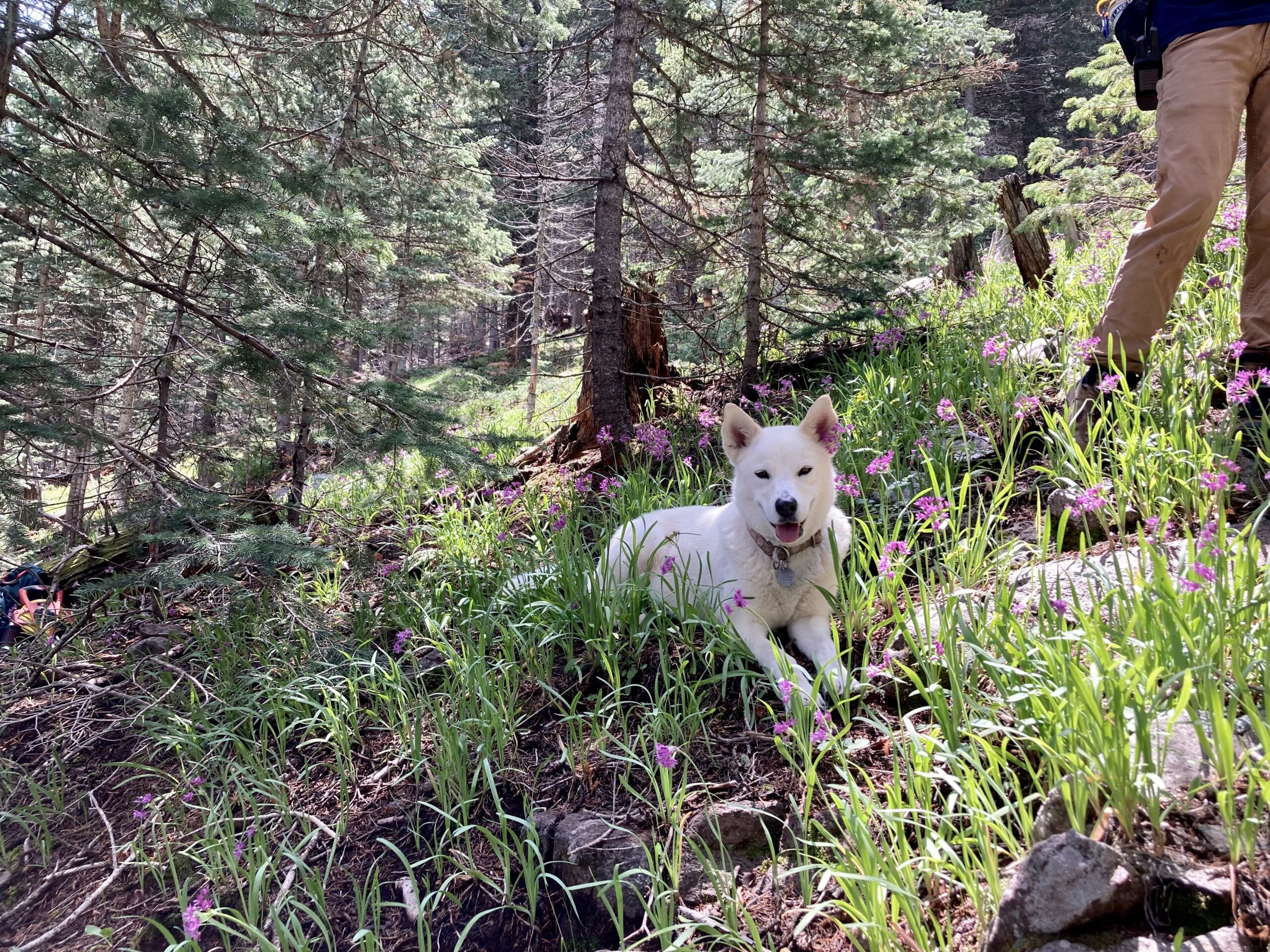

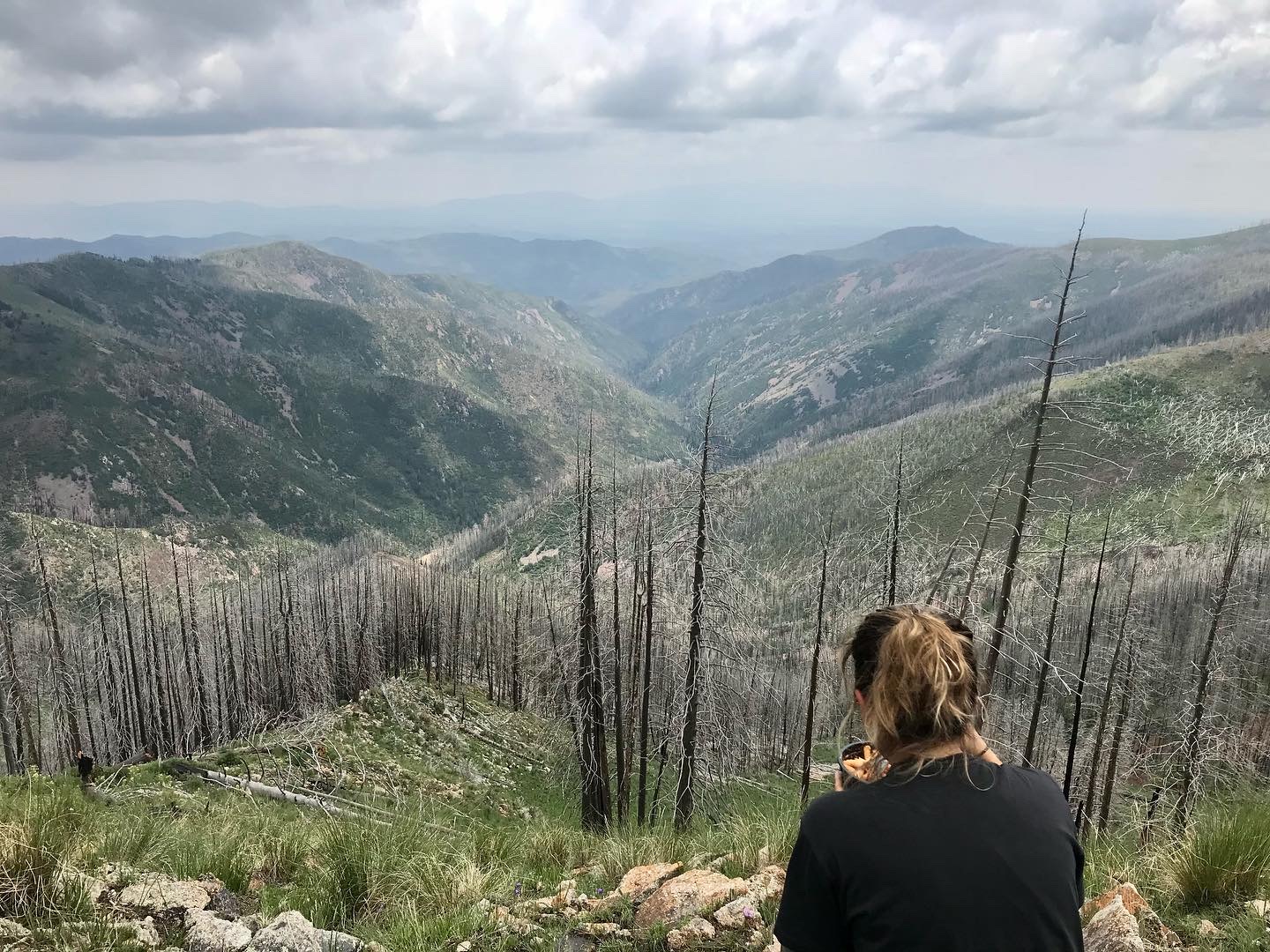
This particular area was home to significant recent fires, including the Little Bear fire in 2012 and the Three Rivers fire just this past spring. Part of our monitoring efforts were to compare these disturbance areas. This species is disturbance-dependent, and debris left by felling does cause issues in terms of space for populations and not harming existing populations during debris removal. Several populations were pretty vigorous!
Another project we helped out with was constructing some beaver dam analogs, to slow down water flow in stream/riparian areas and prevent further erosion. This included some post-pounding and lopping of willow branches, which is what we used to weave through the posts and create a woody barrier through the stream. It definitely was reminiscent of my fencing and trail work days! Helping out with such projects always provide a nice variety of tasks throughout these weeks, and provide even more experience in different functions of the Forest Service.
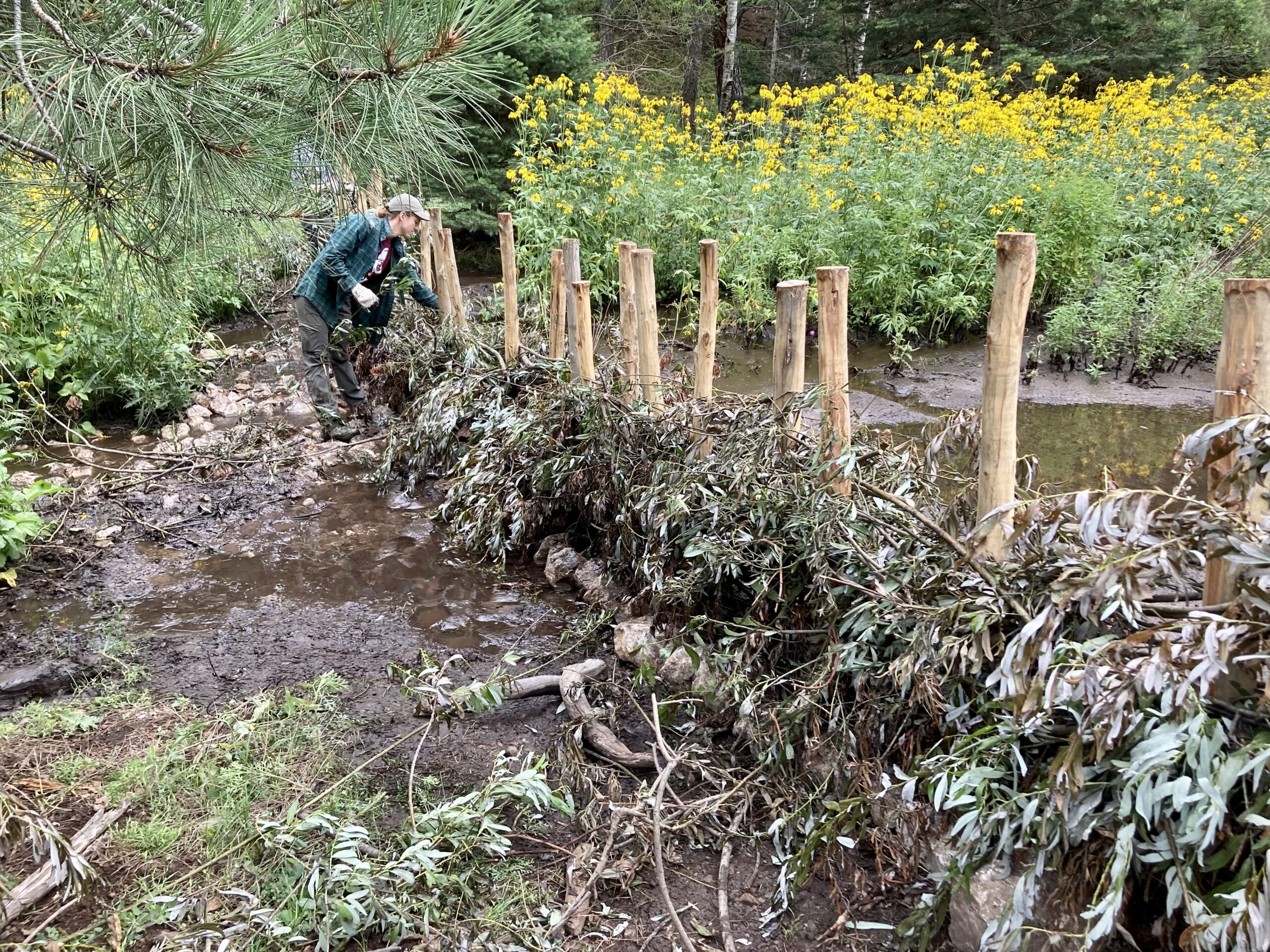
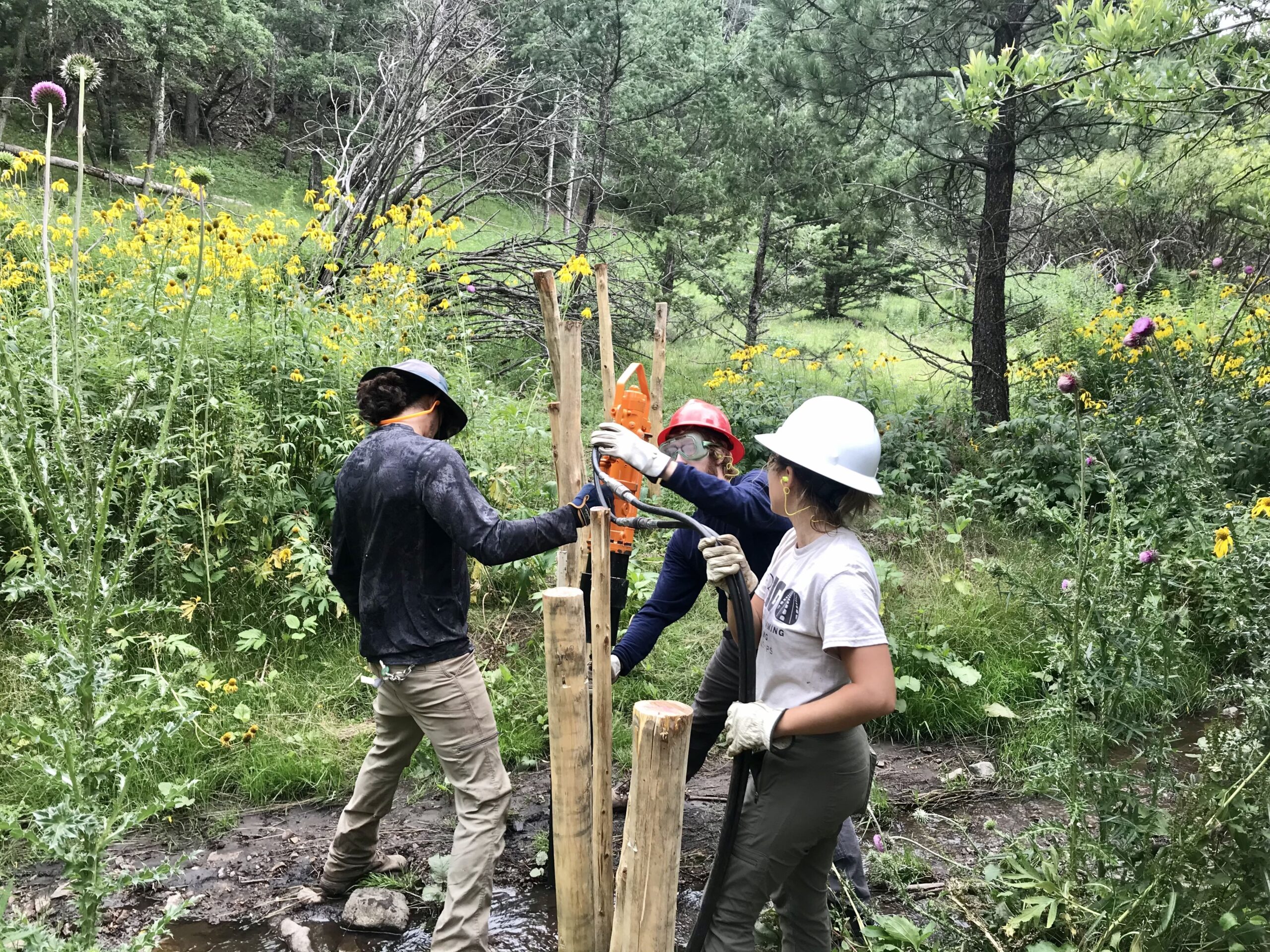
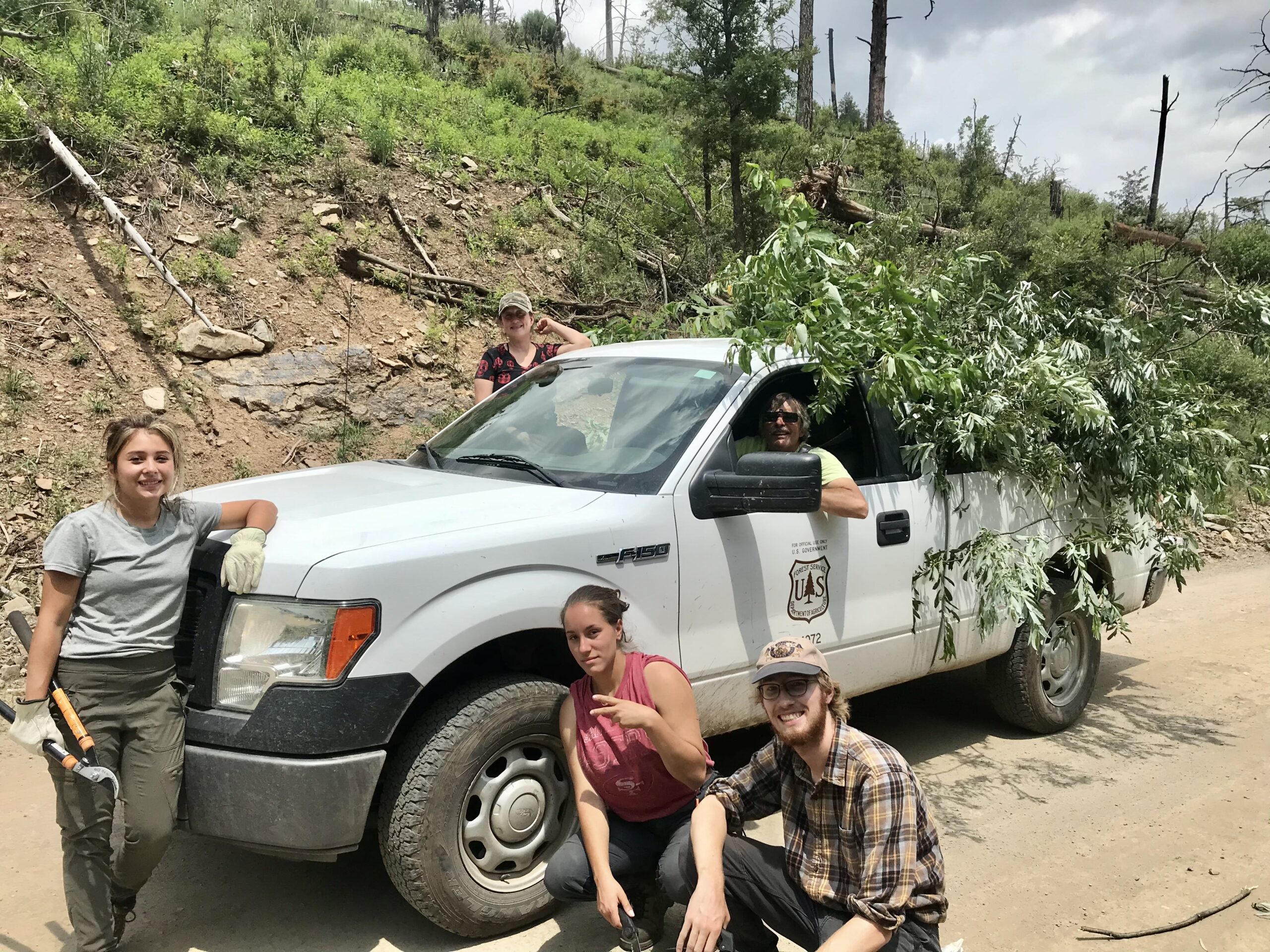
Besides these projects, we’re also continuing our plant surveys and making progress on the amount of area we’ve covered. No unknown populations have popped up yet, but we still have several weeks more of surveying!

